On Saturday, Israel continued its large-scale campaign against Iran’s nuclear facilities and military leadership, while Tehran responded by launching dozens of ballistic missiles and drones toward Israeli territory. Neither side has shown any willingness to de-escalate, despite calls from the international community for a ceasefire.
The Israeli strikes, which began early Friday morning, killed more than 70 people, including four senior members of Iran’s security elite, and inflicted damage on a key nuclear facility in Natanz. In response, Iran unleashed a barrage of missiles on Israeli territory. According to Israeli authorities, at least three people were killed in the attacks, and several dozen others were injured.
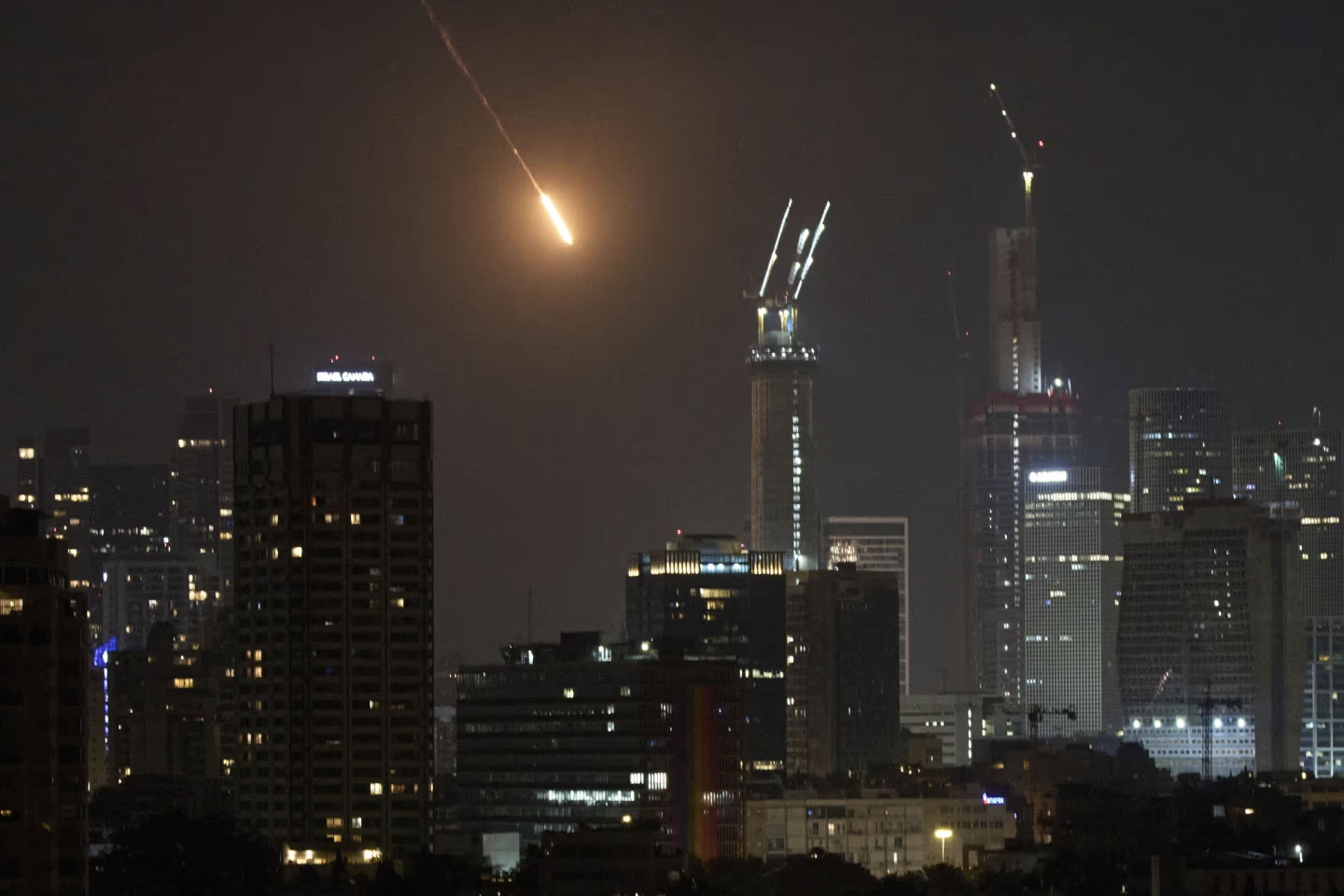
An Iranian missile in the sky over Tel Aviv. June 14, 2025.
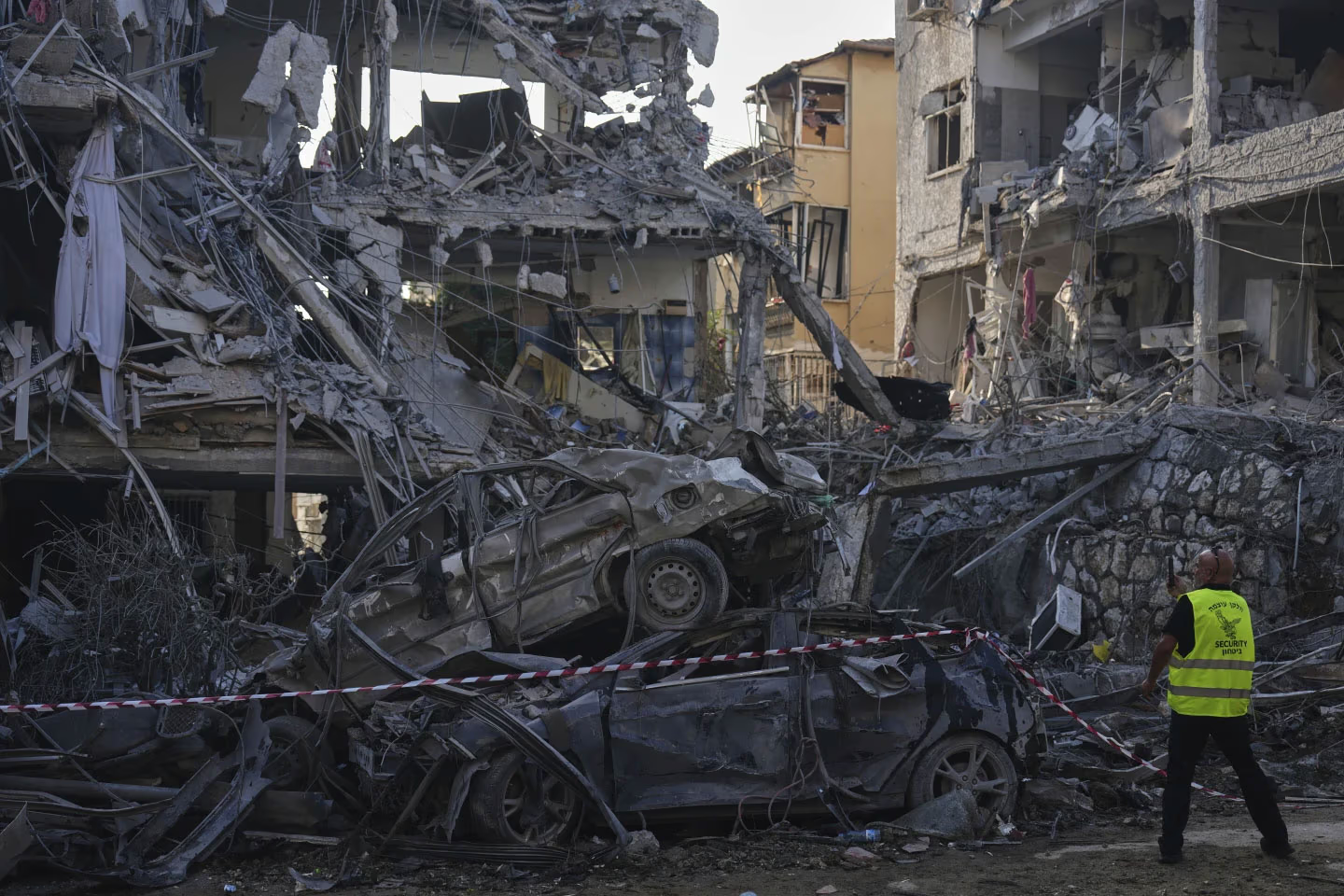
Israeli security personnel inspect residential buildings destroyed by a missile in Ramat Gan. June 14, 2025.
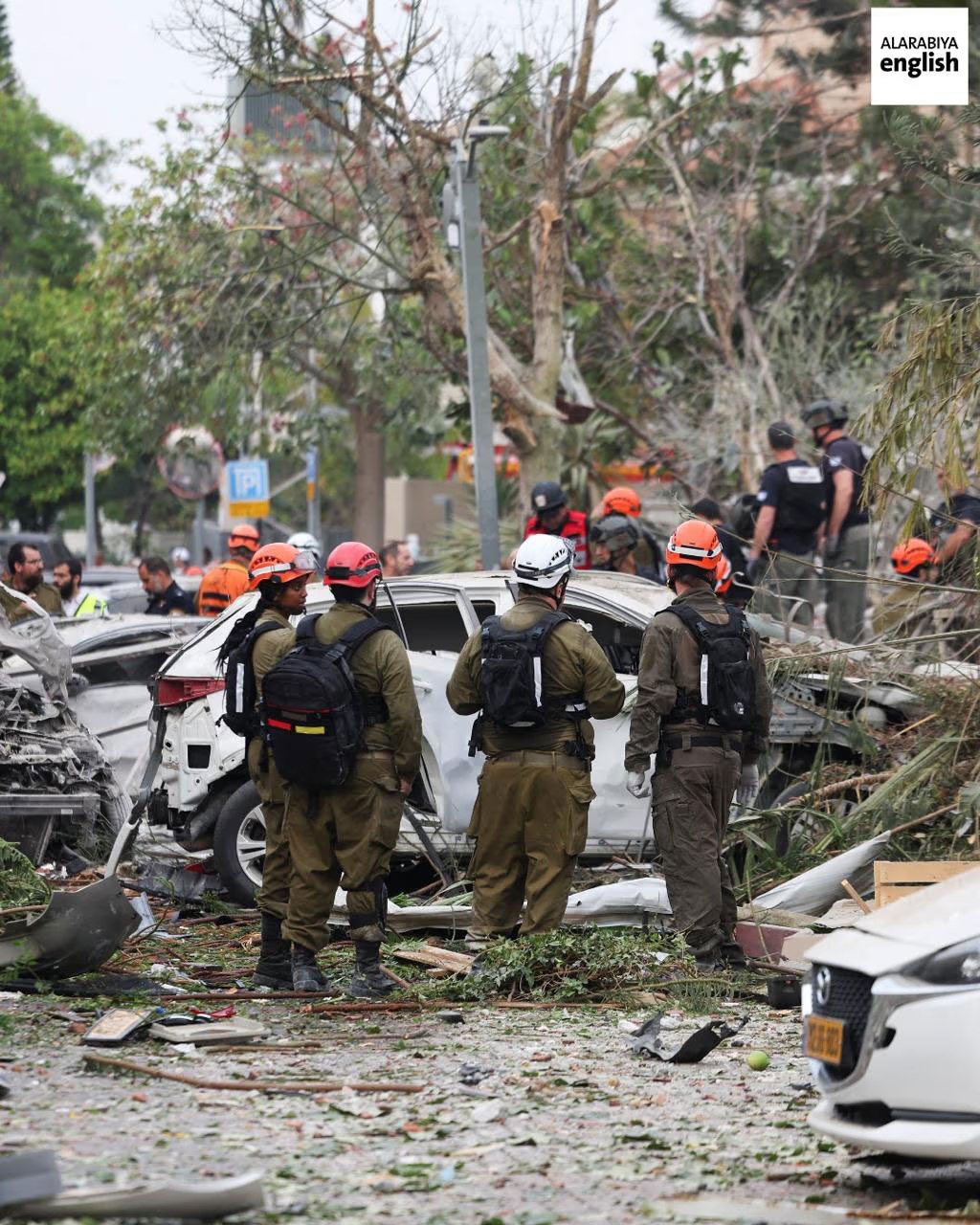
Rescue operations in Tel Aviv.
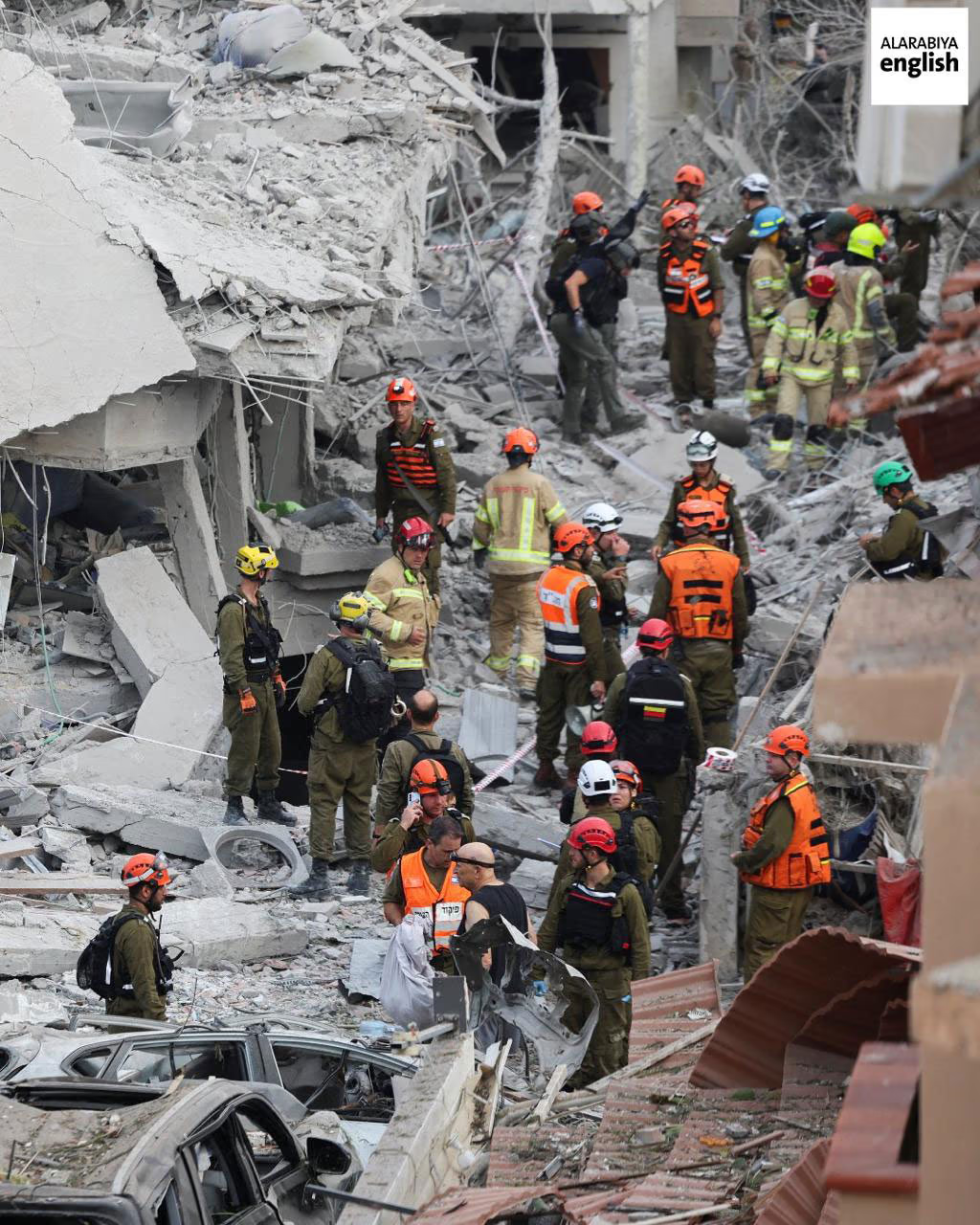
Rescue workers near destroyed homes in Rishon LeZion.
Smoke over Mehrabad Airport, where military hangars are located.
This is the most intense military confrontation between the two countries in decades, and it is raising growing concern far beyond the region. International observers fear the conflict could escalate into a broader crisis involving the United States and other major powers.
The Israeli operation coincided with Washington’s renewed efforts to reach an agreement with Tehran on limiting Iran’s nuclear program. Israel, however, has long argued that diplomacy merely delays the inevitable—the creation of an Iranian nuclear bomb, which Tel Aviv sees as an existential threat.
Residents of Tehran reported explosions on Saturday morning, as Iranian air defenses were placed on high alert. According to the Israel Defense Forces, the strikes targeted air defense systems around the Iranian capital. Iranian state media reported that one of the targets was a military aircraft hangar at Mehrabad Airport.
The exact number of casualties in Iran has yet to be confirmed, but Iran’s UN envoy, Amir Saeid Iravani, told the Security Council that 78 people had been killed and more than 300 wounded in the strikes.
In Israel, air raid sirens sounded across the country. Residents took shelter in bombproof rooms as interceptor systems engaged targets in the sky. According to Israeli medics, at least two people were killed and about 19 injured in central Israel on Saturday morning following Iran’s missile strike. The Magen David Adom emergency service released images of destroyed residential buildings. Earlier, one fatality had been reported in Ramat Gan, a suburb of Tel Aviv.
Iran’s Supreme Leader, Ayatollah Ali Khamenei, called Tehran’s attacks a "punishment" for the Israeli strikes. The Islamic Revolutionary Guard Corps—a powerful military force in Iran—stated that their targets were military sites from which Israel had launched its attacks.
Israeli Prime Minister Benjamin Netanyahu pledged that the operation would continue "for as long as necessary" and urged Israelis to prepare for a prolonged confrontation. In a video address on Friday evening, he declared that "Iran has never been this weak."
The role of the United States in the escalating conflict remains uncertain. While Israeli officials had hoped for Trump administration involvement in a joint operation, Secretary of State Marco Rubio reiterated that the U.S. had no part in the Israeli strikes. At the same time, Trump himself has not called on Israel to exercise restraint.
No More Proxies
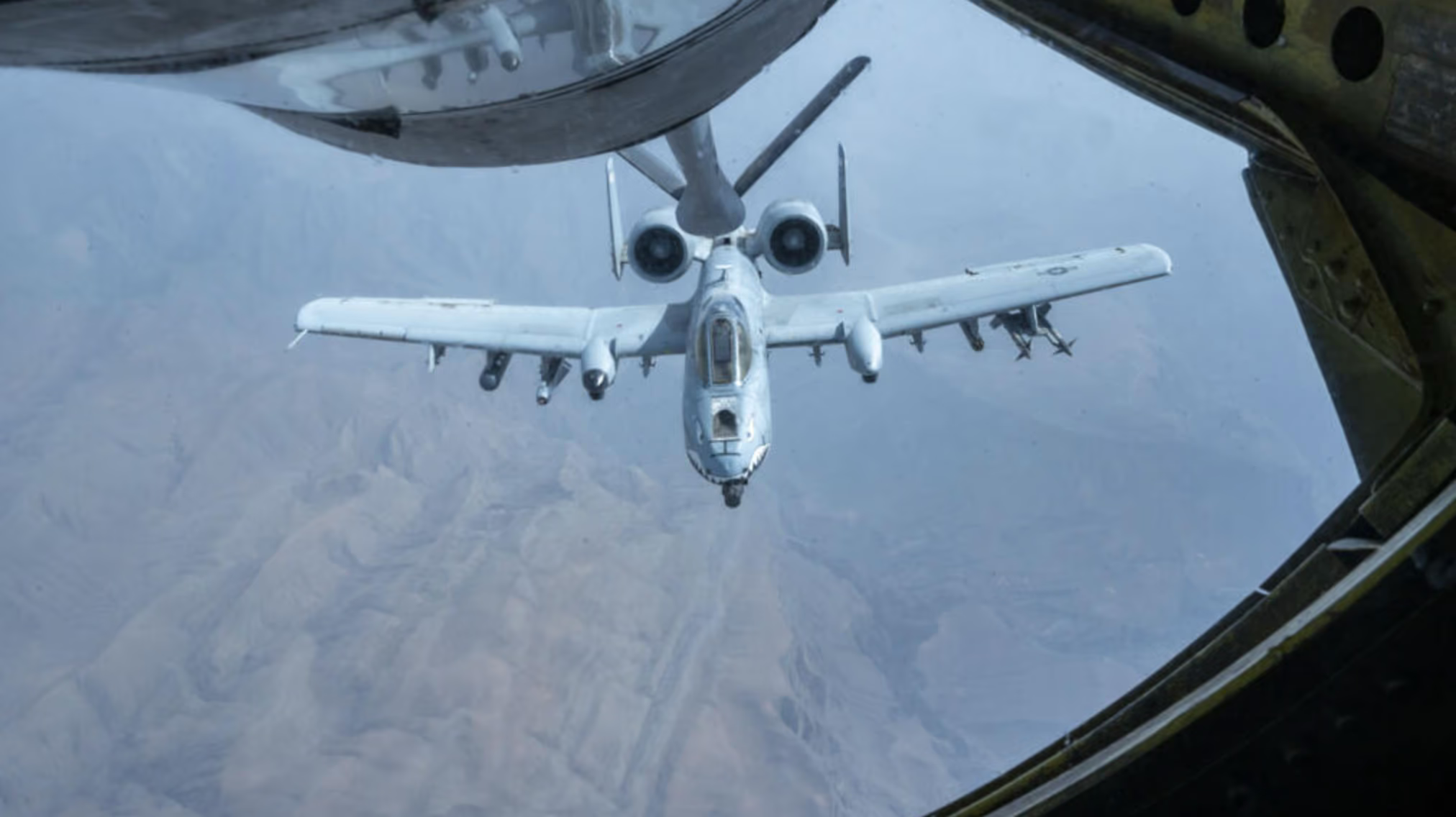
Trump Has Done What He Promised to Avoid
The Strike on Iran Turns a Pressure Strategy Into an Unpredictable Gamble

Fordow Is Iran’s Underground Nuclear Facility, Out of Reach for Israeli Strikes
Here Is What We Know About It

Israel Strikes Iran, Accusing It of Seeking Nuclear Weapons
Yet Israel Itself Has Long Possessed Them—Though Never Officially Admitted

Israel Strikes Iran’s Nuclear Facilities
The Campaign Weakens Tehran but Doesn’t Eliminate the Threat

